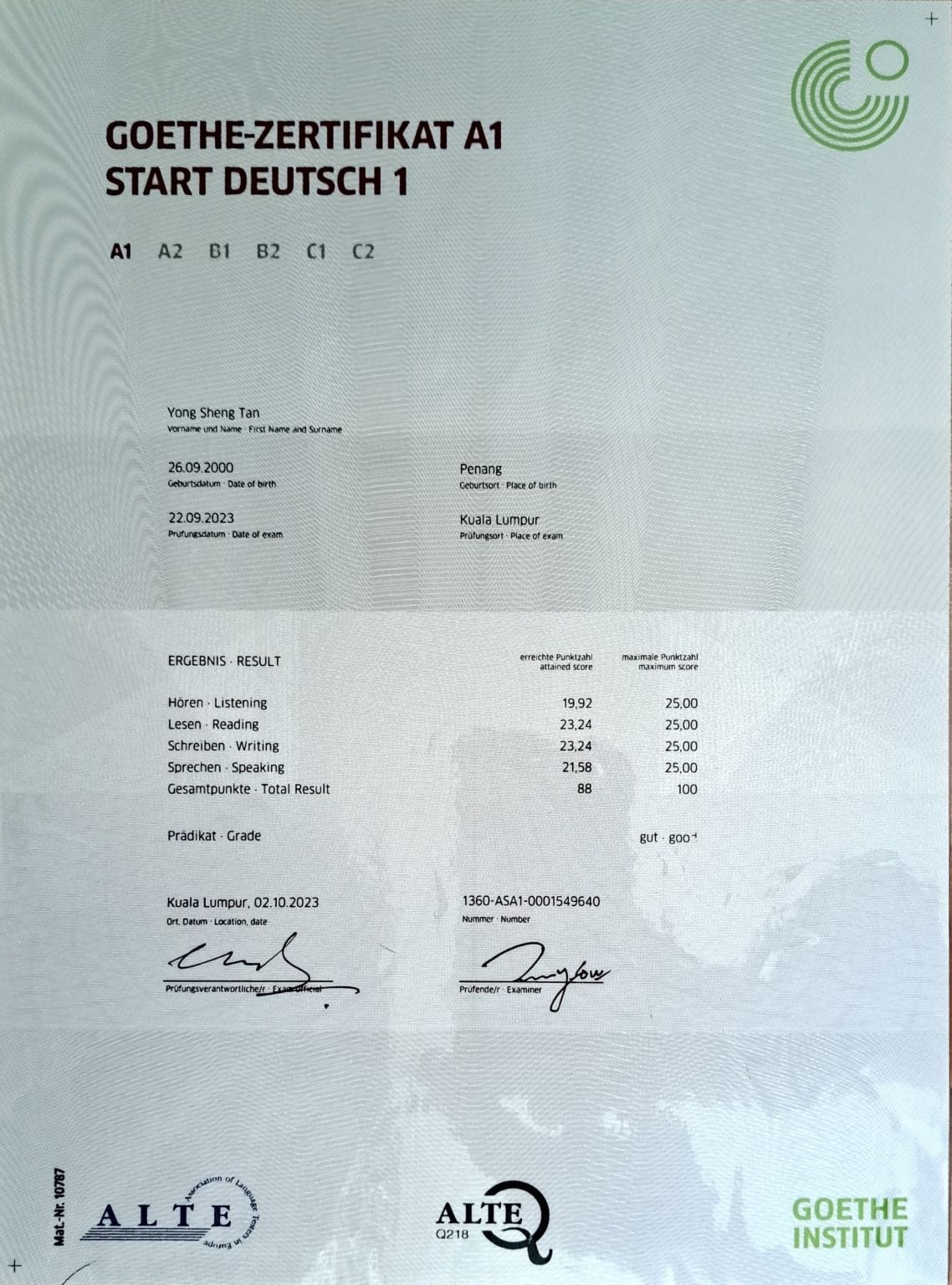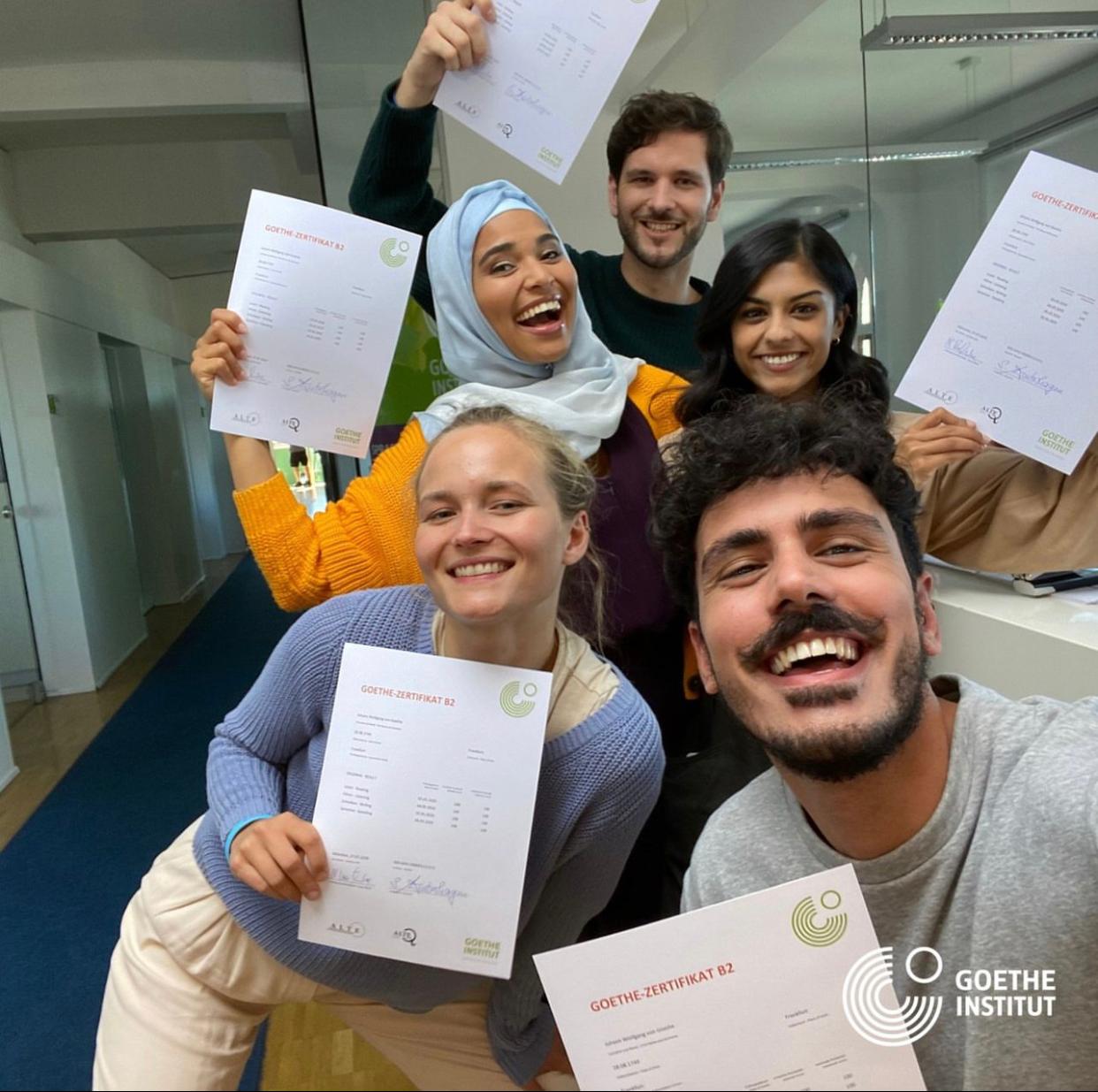14 Clever Ways To Spend Leftover Austrian Language Test Budget
페이지 정보

본문
 Understanding the Austrian Language Test: Importance, Structure, and Preparation
Understanding the Austrian Language Test: Importance, Structure, and PreparationAustria, a picturesque country known for its spectacular landscapes, abundant history, and vibrant culture, is also home to a special linguistic identity. While German is the official language of Austria, the variations in dialects and subtleties can be rather various from standard German, making language proficiency a crucial element for immigrants who wish to live, work, or study in the nation. One substantial action in attaining efficiency in German as spoken in Austria is the Austrian Language Test (ÖSD - Österreichisches österreichisch sprachdiplom Deutsch). This short article checks out the value, structure, and preparation methods for the Austrian Language Test, along with regularly asked questions, to help individuals navigate this essential procedure.
Importance of the Austrian Language Test
The Austrian Language Test serves numerous functions, each highlighting the significance of language efficiency in interaction and integration:
Social Integration: Proficiency in the local language promotes better communication and relationship-building, important for individual and expert interactions in Austria.
Academic Opportunities: Non-native German speakers wishing to enroll in Austrian universities need to demonstrate their language efficiency through the ÖSD, guaranteeing they can follow coursework successfully.
Work Eligibility: Many companies in Austria need proof of language proficiency, making the ÖSD an important accreditation for task candidates.
Residency and Citizenship: For foreigners making an application for residency or citizenship, evidence of language proficiency is typically a requirement, highlighting the value of comprehending the regional language and culture.
Cultural Appreciation: Learning the language improves the understanding of Austrian customs, traditions, and literature, leading to a deeper gratitude of the nation's cultural landscape.
Structure of the Austrian Language Test
The Austrian Language Test is divided into several levels to evaluate an individual's command of the German language, lined up with the Common European Framework of Reference for Languages (CEFR). The test comprises the following essential components:
Levels of the Test
A1: ÖSD-Zertifikat A1 Beginner level-- Basic understanding of everyday expressions and familiar expressions.
A2: Elementary level-- Ability to communicate in basic tasks requiring a direct exchange of info on familiar subjects.
B1: Intermediate level-- Understanding of the bottom lines in clear standard input, consisting of conversations on work, school, and leisure.
ösd b2 mündlich: Upper-intermediate level-- Ability to engage with fluency and spontaneity while talking about a series of intricate topics.
C1: Advanced level-- Proficiency in comprehending a wide variety of demanding, longer texts, and revealing concepts with complete confidence.
C2: Mastery level-- Near-native proficiency, comprehending essentially everything heard or read and ÖSD-Zertifikat A1 revealing oneself spontaneously.
Exam Structure
The ÖSD typically consists of 4 main components:
Checking Out Comprehension: Participants read various texts and respond to concerns to examine their understanding and analysis skills.
Composing: Candidates compose essays, letters, or reports based upon triggers to assess their ability to communicate ideas plainly and effectively.
Listening Comprehension: This area consists of listening to audio recordings, followed by questions designed to evaluate listening abilities and understanding.
Speaking: This element includes oral interviews or A1 Zertifikat Deutsch presentations, where candidates need to demonstrate their speaking abilities in real-life situations.
The tests are created to be engaging yet tough, guaranteeing that candidates can showcase their language capabilities properly.
Preparation for the Austrian Language Test
Preparing for the Austrian Language Test requires a structured method to ensure efficiency across all 4 skills: reading, writing, listening, and speaking. Here are numerous preparation methods to consider:
1. Register in Language Courses
Language Schools: Many language schools in Austria offer courses specifically created to prepare trainees for the ÖSD. These courses typically concentrate on the types of products covered in the test.
Online Classes: Various online platforms provide interactive language lessons, making it possible for students to study at their own rate.
2. Experiment Past Tests
Candidates can access previous ÖSD evaluation documents or sample tests to acquaint themselves with the question formats and exam structure.
3. Take Part In Language Exchanges
Joining language exchange programs or discussion clubs allows candidates to practice talking to native German speakers and other students, boosting their confidence and fluency.
4. Utilize Language Learning Apps
Duolingo: Provides interactive language video games and workouts tailored to different efficiency levels.
Babbel: Focuses on conversation abilities, supplying real-life discussions essential for spoken interaction.
5. Immerse in the Language
Listen to German Media: Consuming German music, podcasts, and audiobooks helps improve listening comprehension.
Read Literature: Reading German books, papers, and magazines exposes learners to different writing styles and vocabulary.
6. Work With a Language Tutor
Working one-on-one with a certified language tutor can help tailor learning experiences to focus on individual weak points and reinforce particular skills.
Often Asked Questions (FAQs).
Q1: How long does it require to get ready for the Austrian Language Test?
ÖSD-Zertifikat A1: Preparation time differs based upon the person's starting efficiency level. On average, it might take a couple of months of consistent research study to get ready for a specific level.
Q2: Is the ÖSD test recognized globally?
A2: Yes, the ÖSD test is commonly acknowledged as proof of German language proficiency and is frequently needed by universities and companies in German-speaking countries worldwide.
Q3: How much does the Austrian Language Test cost?
A3: The expense of the ÖSD differs depending on the testing center and location. Usually, prices range from EUR150 to EUR300.
Q4: Can I retake the test if I do not pass?
A4: Yes, candidates can retake the ÖSD as sometimes as needed to achieve their wanted proficiency level.
Q5: What resources are best for exam preparation?
A5: Recommended resources include books tailored for ÖSD preparation, online courses, language apps, past exam papers, and regional language workshops.
Conclusion.
The Austrian Language Test plays a crucial function in assisting non-native speakers to incorporate smoothly into Austrian society. Accomplishing proficiency in the language not just opens doors to educational and professional opportunities however likewise cultivates a much deeper connection with the country's rich cultural heritage. With the right resources and approach, mastering the nuances of the Austrian German dialect ends up being a gratifying journey towards effective integration.

- 이전글You'll Never Guess This Hobs Oven's Secrets 25.03.01
- 다음글Rules For Achieving Online Success 25.03.01
댓글목록
등록된 댓글이 없습니다.


